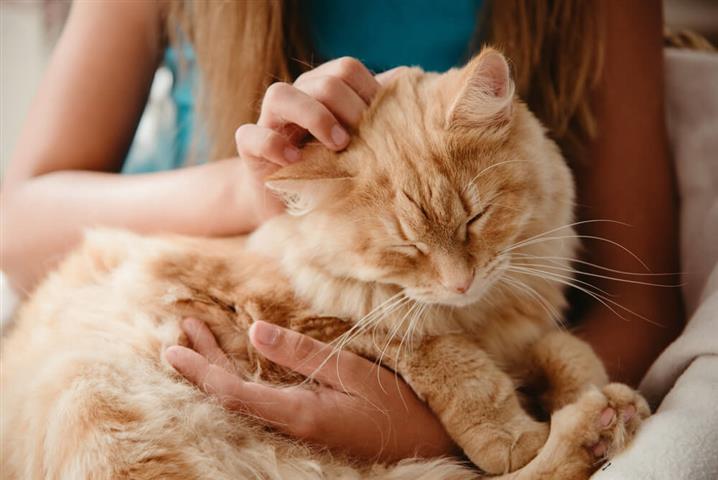Signs and Symptoms – Arthritis in Cats
 May 17, 2018
May 17, 2018
Concerned your cat may be suffering from Arthritis? Pet’s Training and Boarding take a look at this common complaint with some top tips to keep your cat pain free this winter.
For many cat owners, noticing their pets slight change in behaviour is the trigger to realising that their beloved feline friend is in pain. Cats are masters at masking pain, so sadly many pet owners do not realise that their pet is suffering until the problem is very evident.
This is true when it comes to arthritis in your cat. Some typical signs and symptoms are;
- Jumping – does your cat still like to jump? Or have you recently noticed that Fluffy no longer sleeps perch up high? This could be a sign that your cat is suffering from pain in the joints.
- Grooming – can your cat groom in all places with ease? Many cats suffering from arthritis may not be able to reach those hard to get spots. Leaving their back or tail looking quite tangled and dull.
- Litterbox Problems – has your cat suddenly stopped using the litterbox? Or is the mess just outside the litter tray? This can also be a sign your pet is struggling and in need of some veterinary attention.
Unlike dogs or people, vocalisation and lameness are not common symptoms of arthritis in cats. How high your cat can tolerate jumping is normally the first indication that your cat is suffering in silence. So, if you have noticed that your cat no longer jumps on the bench or even into your lap for a snuggle a vet check-up is important.
Dr Richard Gowan from The Cat Clinic – www.catdoctor.com.au – agrees that extra attention does need to be given to cats that are struggling with arthritis.
“Regular veterinary checks, twice yearly for older cats 10-12 years plus,” he recommends. “Heated beds and also balanced diets appropriate to age and health needs. Winter means more time indoors, so increase play and interaction with your cat – feeding and treat puzzles – fewer bugs to chase, so plenty of mental and physical stimulus.”
For overweight cats, it is very important that you consider weight loss to aid in their treatment for arthritis. This is not only vital in helping other problematic areas that can arise in young and older cats, but for arthritis, the extra weight on the joints can spell an enormous amount of pain for your pet. Speak to your vet about the correct weight-range for you cat, and become pro-active in reducing this number if need be. Think more play sessions and less food.
Helping Sore Joints
If your pet is diagnosed with arthritis you can speak to your vet about supplements and pain relief management that can allow your cat to live a happy and pain-free life. Also consider the following;
- Household modifications -ramps to the warm spots in the house and areas your pet like to go, but is now unable to.
- Joint supplements – ask your vet about supplements that can help ease arthritis.
- Pain management – there is a great range now available to your pet to help ease pain.
- Diet modification – a nutritionally balanced diet is important when treating arthritic pain.
- Weight loss – help your pet lose weight and lose pain at the same time.
- Regular activity – keep those joints moving, particularly in winter when bug hunting slows. Get creative and keep your cat chasing and pouncing.
- heated beds – please do not use hot-water bottles, but rather consider heat packs and specially designed pet beds.
“All cats 10-12+ are recommended to have bi-annual health checks observe your cats willingness, ease of and height of jumping this is the best predictor of joint pain rather than running or walking,” Dr Gowan concludes.
